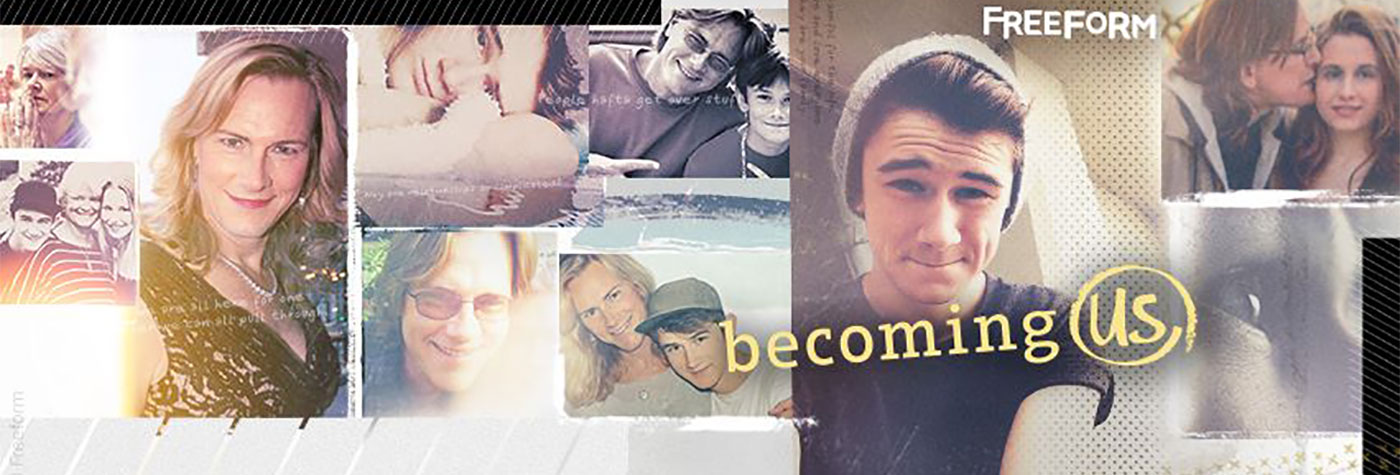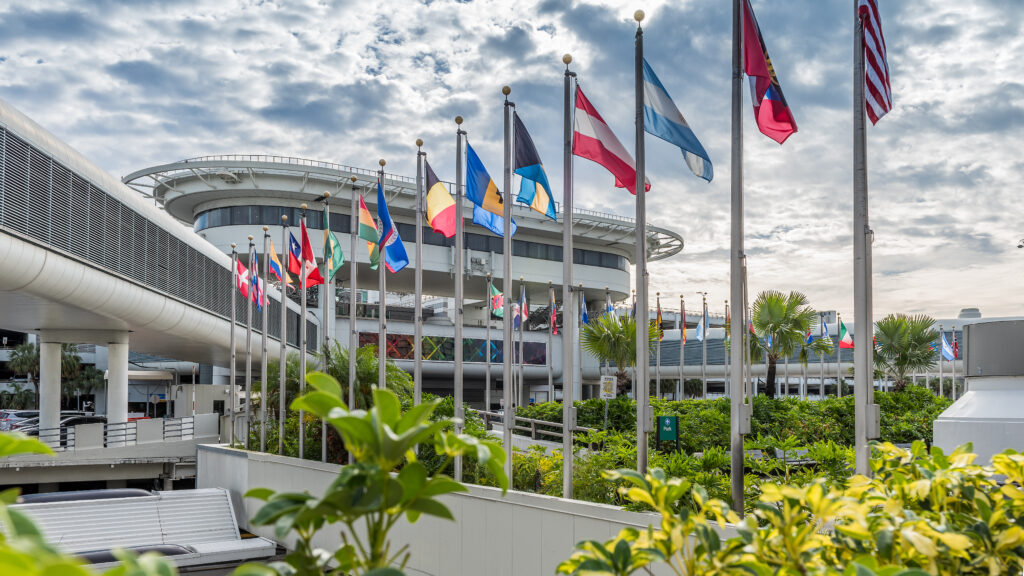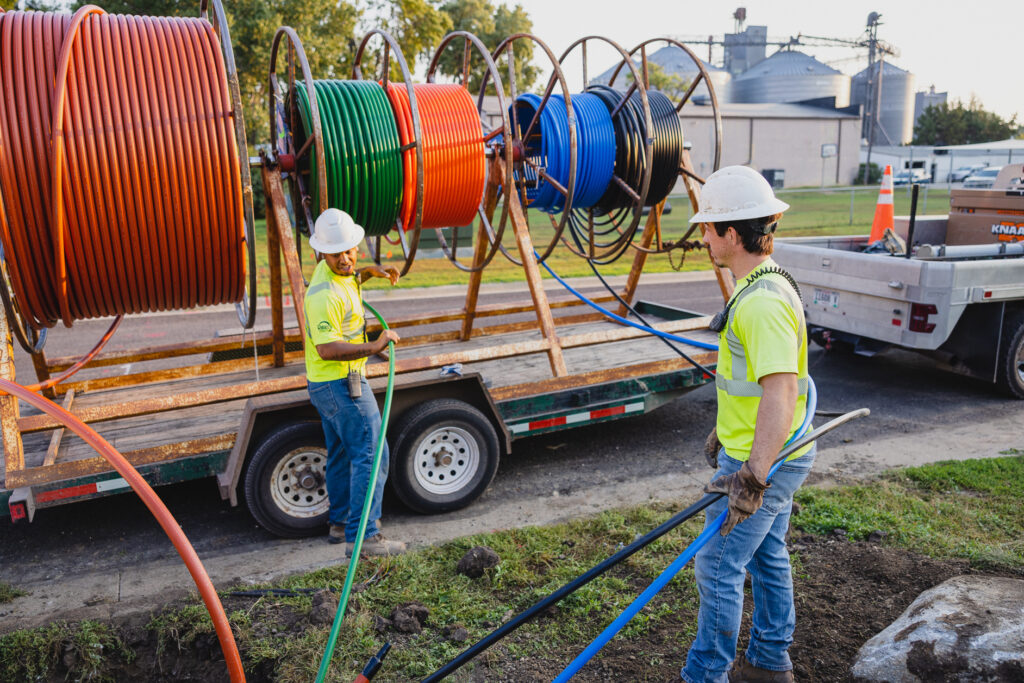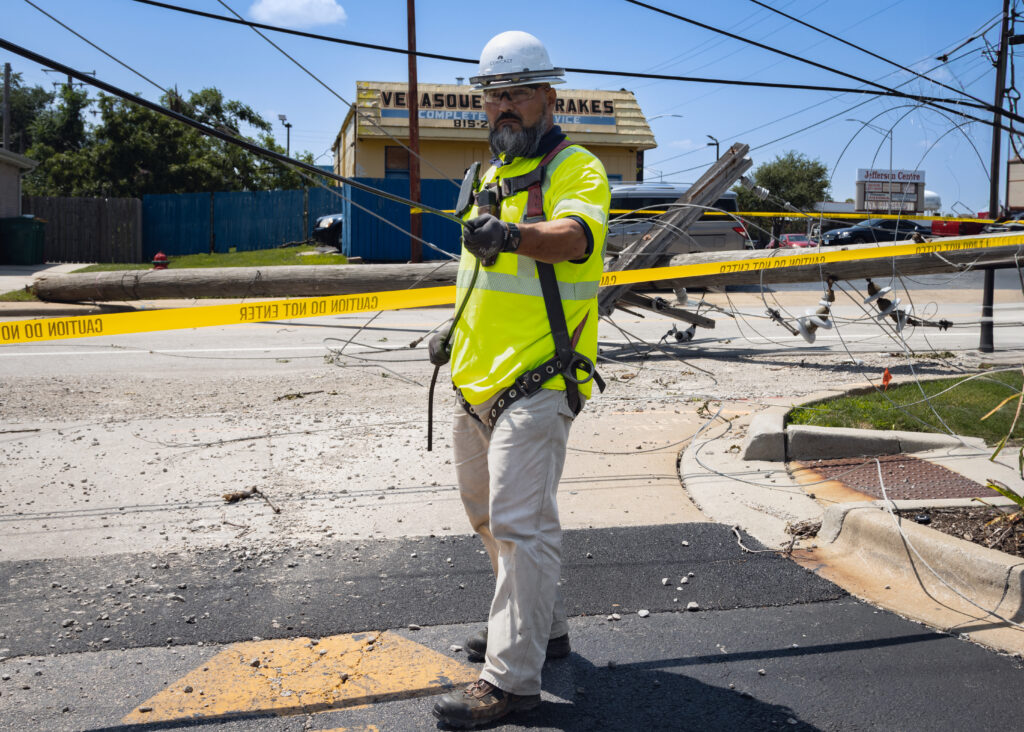It’s been sixteen years since former U.S. president Bill Clinton officially recognized and declared June as Pride Month. That’s also 16 years of some of the best breakthroughs in LGBT programming we’ve seen on television. Cable creators have long been championing gay rights by ensuring more screen time for LGBT characters and incorporating storylines that point out injustices against the LGBT community. With pride celebrations underway, we take a look at a few of the cable-led efforts happening this month in support of the LGBT community, and a look back at some of the programming that broke stereotypes and shined a light on the discrimination faced by LGBT communities.
Throughout both May and June, cable TV programmers have partnered with GLAAD, a non-profit advocacy group that pushes for LGBT storylines in media and entertainment, to offer LGBT-focused content On Demand. As part of the cable industry’s Diversity on Demand initiative, this month TV-watchers will find documentaries, musical comedies, biographies, dramas, and television series that are all inclusive of LGBT themes and characters.
Earlier this month, MTV, a network that has long been visible for its push for LGBT equality, broadcast a 30-minute special called MTV’s Proudest Moments, where the channel highlighted its most iconic and most popular scenes that focused on LGBT issues. Among the individuals highlighted were cast members from previous seasons of The Real World, including the first and only transgender person who has ever starred in the series. Many of the scenes involving these individuals became part of mainstream pop culture, and informed audiences of the challenges, discrimination, and stigmas that follow people of LGBT orientation. MTV also hosts the Look Different campaign, a website that strives to inform audiences of the racial, gender, and sexual orientation biases found throughout society. A portion of the website is dedicated to anti-LGBT biases, and includes resources on gender and sexuality.
Comcast recently announced its curated collection of LGBT independent films from Frameline, an organization that connects filmmakers and audiences around the world. Xfinity TV subscribers can find them On Demand and online at XFinity.com/LGBT, beginning the week of June 15.
Studies have also indicated that LGBT programming overall is on the rise. Last fall, GLAAD released the results of its survey that studied LGBT content on television. The findings indicated that cable had the most representation of LGBT characters (84, up from 64) across its platform than any other pay TV providers, including primetime and streaming services. The survey found that Showtime and Freeform were the most LGBT-inclusive networks of the year.
Showtime made history when the network first aired Queer as Folk back in 2000, a drama series about the lives of gay men, still considered taboo at the time. The show The L Word, which portrayed lesbian, bisexual and transgender characters, came next. Then in 2005, Logo network became the first advertiser-supported commercial television channel in the U.S. targeted to the LGBT community. While the channel has now shifted more toward general cultural programming, Logo still highlights LGBT themes and marriage equality in its programming and social media efforts. This month, Logo launched a social media campaign that features LGBT celebrities and athletes, and which encourages viewers to share photos and posts about how they are celebrating Pride Month. Today, programming like this doesn’t stir up nearly as much controversy as it did sixteen years ago.
Transgender-focused programming is also making headway. Last summer, Freeform released its docu-series, Becoming Us, about a boy and his experience watching a parent go through a gender transition. TLC also premiered its reality series last year, I Am Jazz, about a transgender teenager and her day-to-day life. Then there’s I am Cait on E!, which follows Caitlin Jenner’s transition from Bruce Jenner, as well as her family and friends as they witness her new life.
The diversity in TV programming continues to grow and expand to reflect its diverse customer base. And while we still have a ways to go, we recognize the pioneering efforts that have helped pave the way for the LGBT-inclusive programming of today and look forward for more breakthroughs to come tomorrow.








